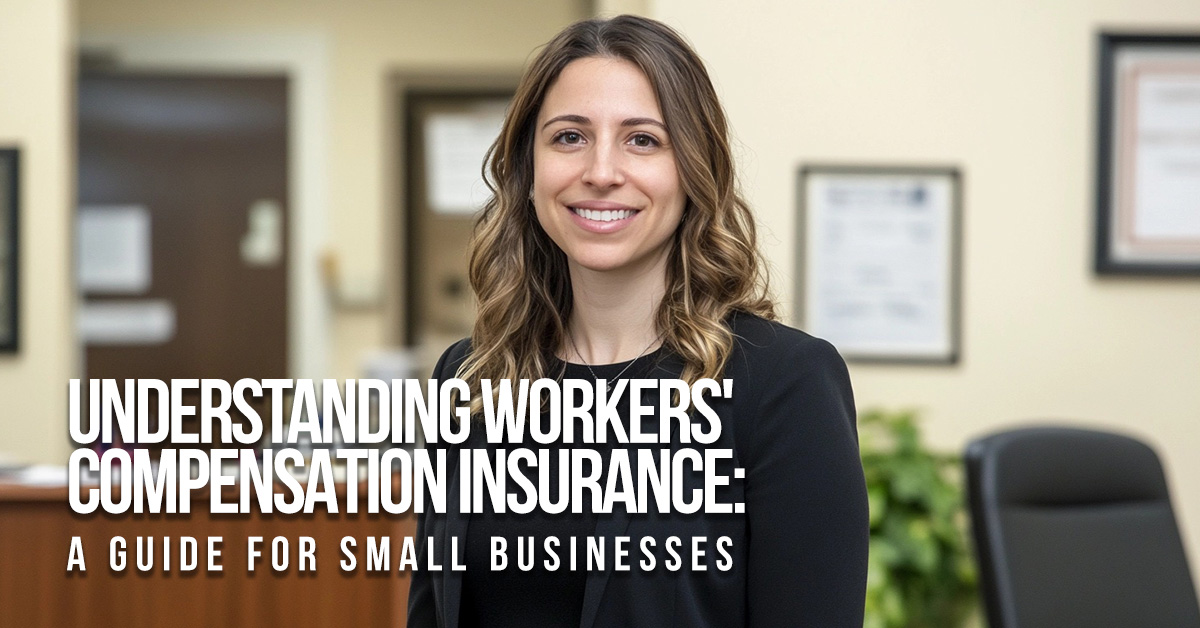
More Than Just a Cup of Joe: The True Cost of Your Daily Brew
It’s a familiar refrain: “This costs about as much as a cup of coffee.” From tech gadgets to streaming services, we’re constantly bombarded with comparisons to our daily caffeine fix. But have you ever stopped to calculate the actual cost of your morning coffee habit?
Let’s do some quick math. A typical latte from a popular coffee chain can easily set you back $4 or $5. If you indulge in this daily luxury, you’re spending upwards of $1,000 per year. Over a decade, that’s a staggering $10,000! Now, that’s a lot of coffee.
While there’s nothing wrong with enjoying a good cup of coffee, it’s essential to consider how those dollars could be allocated elsewhere. Imagine using that money to build an emergency fund, pay down debt, or invest in your future.
One area where many people fall short is life insurance. The peace of mind that comes with knowing your loved ones are financially protected is invaluable. Yet, the cost of adequate life insurance is often underestimated or overlooked entirely.
It’s easy to justify small, daily expenses like coffee as necessary indulgences. But when faced with larger financial decisions, like purchasing life insurance, we tend to prioritize immediate gratification over long-term security.
We’re not suggesting you give up your coffee habit cold turkey. But perhaps it’s time to reassess your spending priorities. Could you cut back on your coffee runs by brewing your own at home? Or maybe you could explore cheaper alternatives like instant coffee or tea?
Small changes can add up to significant savings over time. By making conscious choices about your spending, you can free up money to invest in your financial future.
Remember, life insurance is an investment in your loved ones. It’s a way to show them you care and provide for their financial well-being in case of the unexpected. Contact our independent insurance agents today for a no-obligation quote. We can help you find the right life insurance policy to fit your budget and needs.
Disclaimer: This blog post is intended for informational purposes only and does not constitute financial or legal advice. It is recommended to consult with a financial advisor for personalized guidance.








